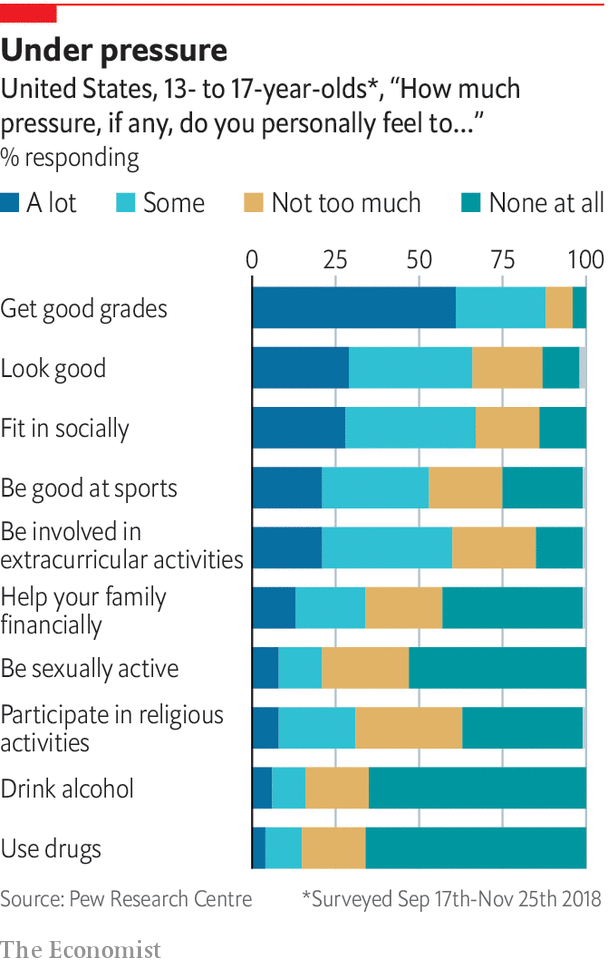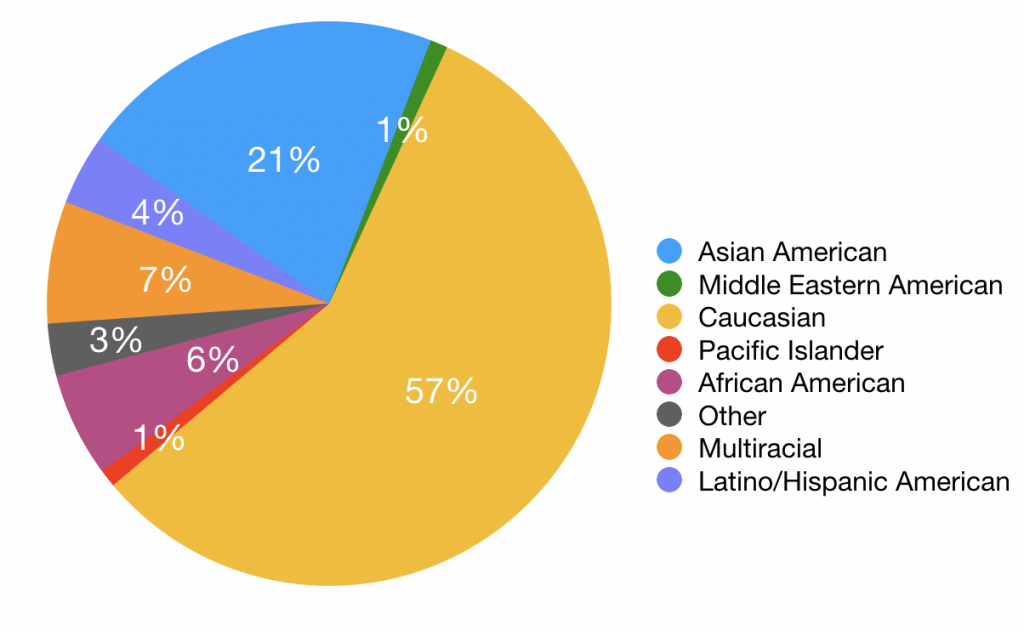Image: Cary Academy has been preparing for unprecedented times since it’s opening in 1996.
My first role at Cary Academy was as a member of the US English Department. As I have grown as an educator here, and journeyed into other roles, there is one challenge that haunts me in times of stress: finding the right words. Somewhat ironic for an English teacher, I know.
Chargers spend a great deal of time in their ELA and English classes discussing an author’s word choice – their diction in a piece. From daily greetings to webinar titles, “unprecedented” seems to be one used quite a bit these days. (I would offer an appropriate synonym; however, “novel” is the most recommended, and that too, gets frequent press these days.)
In my newest role as Director of Admissions, I am asked regularly how Cary Academy is preparing to open the 2020-21 school year, knowing that learning will continue to “look different.” Will we “be ready” by mid-August?
Our strong academic program is often the first focus for prospective students and families considering CA, and there are many questions about the ability of an institution to deliver the same caliber of learning when a teacher isn’t physically present with one’s students.
I admit that the first time I was asked this question, there was a spark of stress. Mostly because I could not fathom how to abridge the incredible work I have seen occur over these past months into a single soundbite. So, I took a moment to choose my words.
We are consistent.
con·sis·tent | \ kən-ˈsi-stənt \
1a: marked by harmony, regularity, or steady continuity: free from variation or contradiction (https://www.merriam-webster.com/dictionary/consistent)
Cary Academy is consistent in its mission.
Since the founding of the school in 1996, the words learning community, discovery, innovation, collaboration, and excellence have been the threads woven to create a rich tapestry of educational experiences. A true testament to our founders’ vision for 21st century learning, this one sentence has survived since the days of techo-dinos: the desktop computers. It sets us apart, and we are known for our incredible academics founded on this mission.
Cary Academy is consistent in its student-centered, reflective practice.
The heartbeat of Charger Nation is the Chargers themselves. As Cary Academy educators, we continue to reflect upon best practices for our students. We do not rest upon our laurels, rather use success as a springboard into our next wonderings on how to improve.
Cary Academy is consistent in its focus on professional development of its employees.
Recognizing that faculty and staff drawn to our mission must be life-long learners, our School’s emphasis on professional learning is unparalleled. This could not be more evident than in the work our faculty will embark upon this summer, as they take three weeks (from their vacation) to best prepare for the various formats that our schooling will take next year.
Consistency is an attribute, no doubt. Yet as the parable of the oak tree and the reed demonstrates, consistency alone does not stand the test of time or the storms it brings. We must be able to bend when needed. Thus, my second word.
We are flexible.
flex·i·ble | \ ˈflek-sə-bəl \
3: characterized by a ready capability to adapt to new, different, or changing requirements (https://www.merriam-webster.com/dictionary/flexible)
In a time when all schools must be flexibile, Cary Academy has a track record of innovation and adaptation in pedagogy, curriculum, and programs. While others were forced to this characteristic just months ago, our Mission has mandated it for more than 20 years.
We have a long record of flexibility in our practices.
Mr. Follet’s recent email on the Upper School shift to semesters resonated with me. Eight years ago (in the role as Head of Upper School), I posted a similar letter informing parents and students that we would no longer hold an exam week.
In both cases, our student-centered, data-driven decisions took into consideration best practices and student wellness. In the years between these two epistles, both divisions have shifted schedules, adapted assessment practices and opened entire departments (the Center for Community Engagement). As appropriate, we have embraced blended, online, synchronous and asynchronous learning, to name just a few.
We maintain flexible rigor.
Even before our strategic goal of relevant, personalized, and flexible learning opportunities was published, our academic departments have proposed bold shifts in our curricular offerings.
The recent curricular review cycle resulted in a menu of course offerings that respond to student interest and aptitude – elective offerings science, English, world language and PE reflect this work. Our unique world history elective program for 9th and 10th graders predated these changes, and our arts department have been embracing the myriad opportunities of aesthetic, design and ensemble instruction since the start of the school. With 46 advanced classes, 20+ levels of math instruction from grades 6-12, and countless electives, students are authentically engaged where they are on their path of learning.
But students are not just scholars. They are citizens, friends, individuals whose social and emotional growth is equally important.
We flex to the immediate needs of our students’ wellness.
In my many years serving as an Upper School advisor, faculty leaders have spearheaded timely curriculum renewal of our affective education program. From Charger Trails in the Middle School to social media literacy curriculum in the Upper School advisory program, we are constantly molding our program to meet our students’ needs and to address the challenges they face as young people.
A leader in diversity and inclusion work, Cary Academy is one of the first schools in the National Association of Independent Schools (NAIS) to launch an affinity group program. And our work with Essential Partners on Dialogue Across Differences underscores even more our commitment to each student being seen, heard, and known for who they are.
And this list isn’t even exhaustive of how education “looks different” at Cary Academy.
So, when I now get the question focusing on this fall, I offer this:
Since the opening of the school, Cary Academy has embraced the opportunities of being both consistent and flexible in our program. We have been preparing for the past 24 years for a challenging opportunity such as the one facing us in these unprecedented times. We’ll continue to lean into our mission, our strengths, just as we always have.
Yes, we’ve got this. We will be ready.














